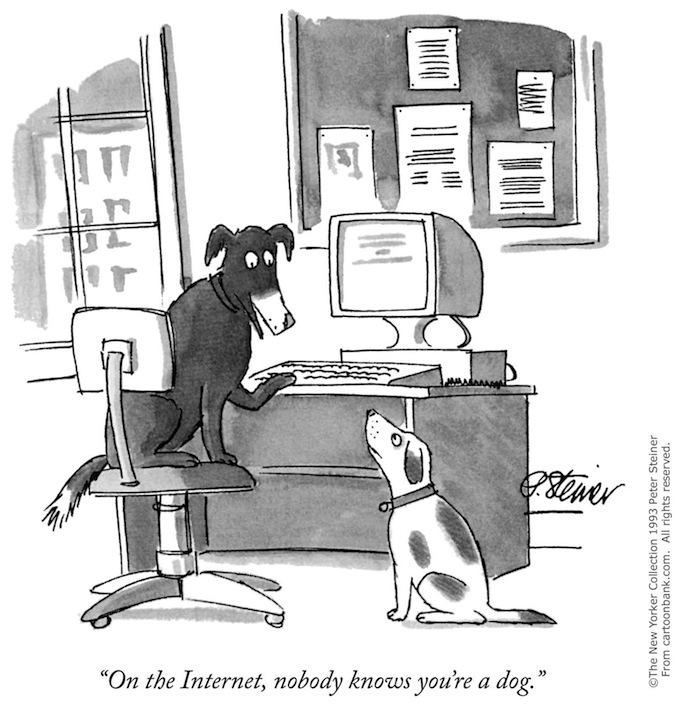
I’ll mostly be working on secret internal tools in my new role at the New York Times, but I also recently built a neat public-facing data visualization for Scratch Magazine, a digital magazine about the financial and logistical realities of working as a professional writer. I created an interactive graphic which reflects the demographics of the leadership in journalism. They are almost entirely white and male. Surprise?
This data visualization actually fails in an interesting way. The color scheme was conceived such that one parameter (hue) would map to gender (pink vs blue) and another parameter (brightness) would map to race (light for white people and darker for people of color). This doesn’t actually work, though, because in the entire corpus of publications and editors surveyed there isn’t a single female editor of color. As a result, one entire quadrant is empty and there’s no need for dark pink. It therefore might have made more sense to give the box mapped to the lone black male editor much flashier and more salient treatment, but there’s also something poignant about the industry’s intrinsic racial bias being strong enough to prevent us from using, you know, actual colors.
I’ve shared the source code for this data visualization on GitHub and have generalized it a bit so it can be easily reused to set up similar audits of other industries. Please get in touch if you’d like some help in doing so.


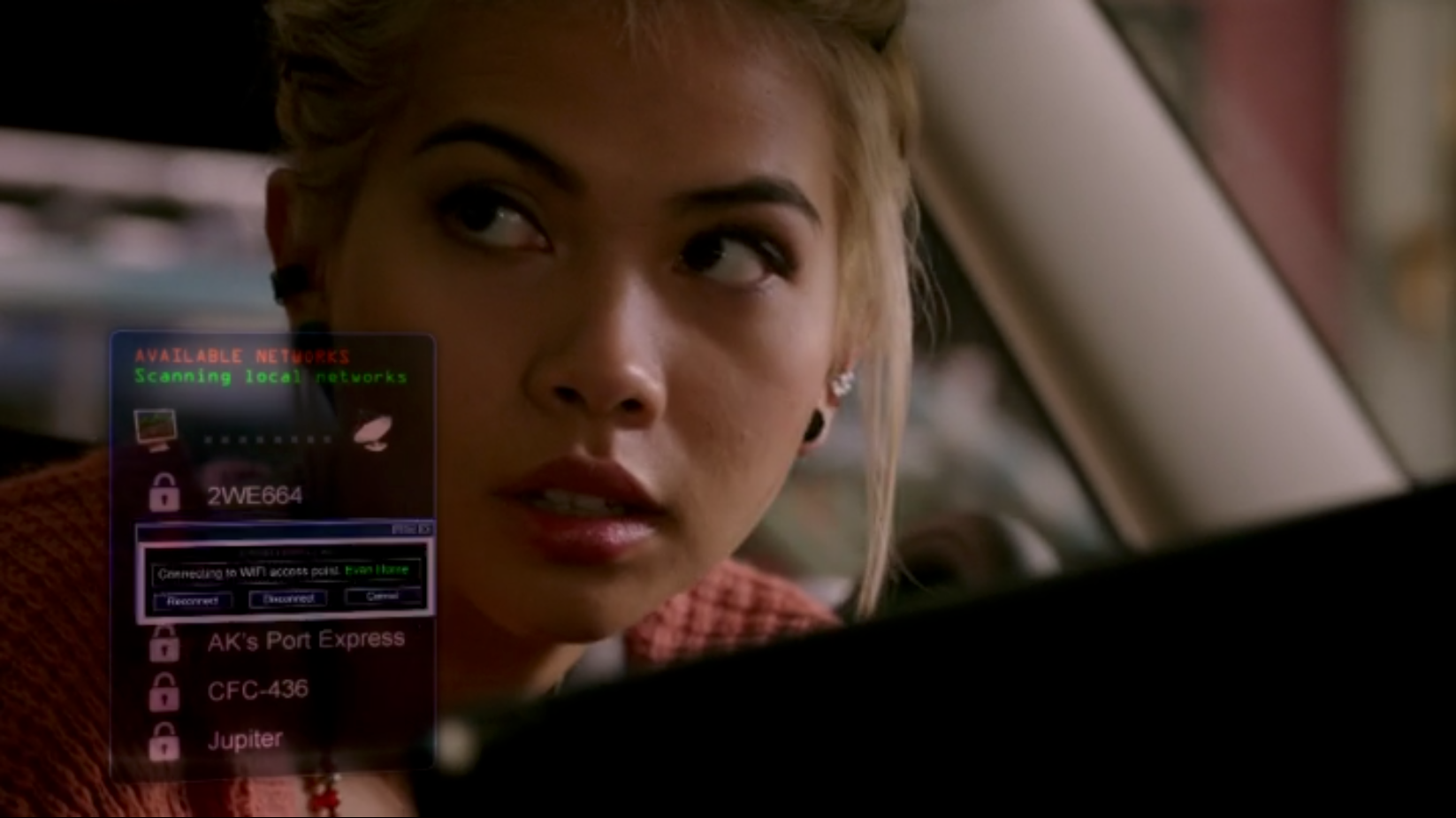
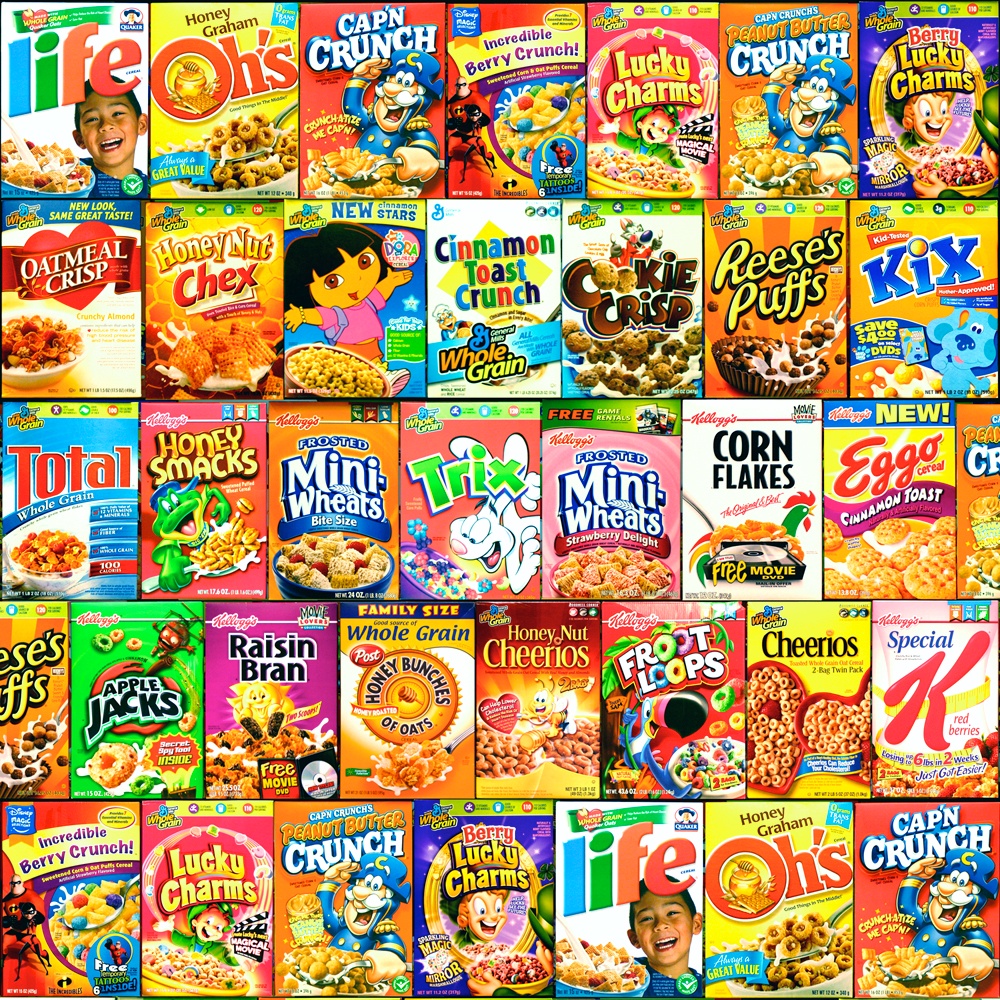

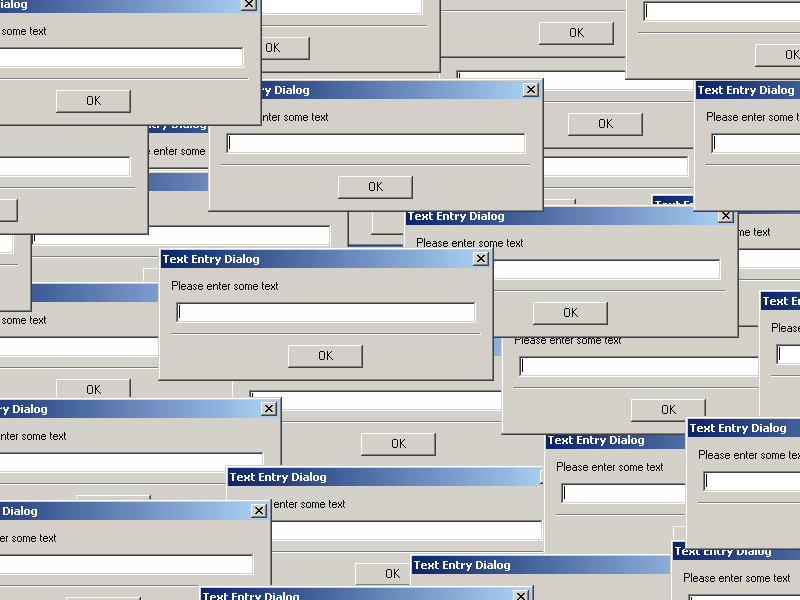
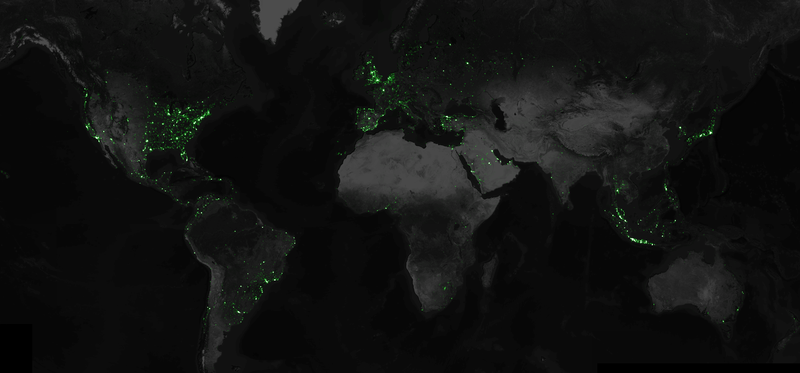



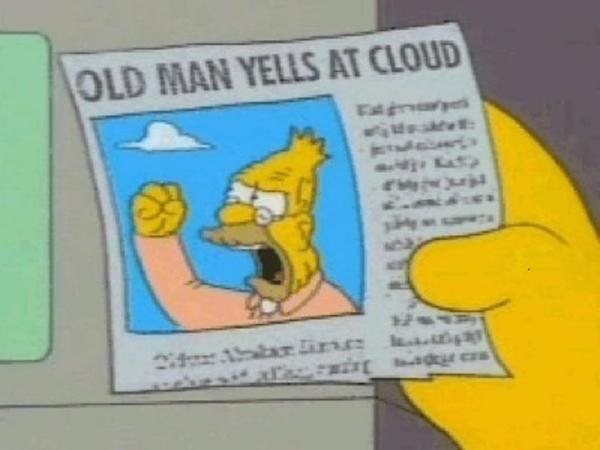
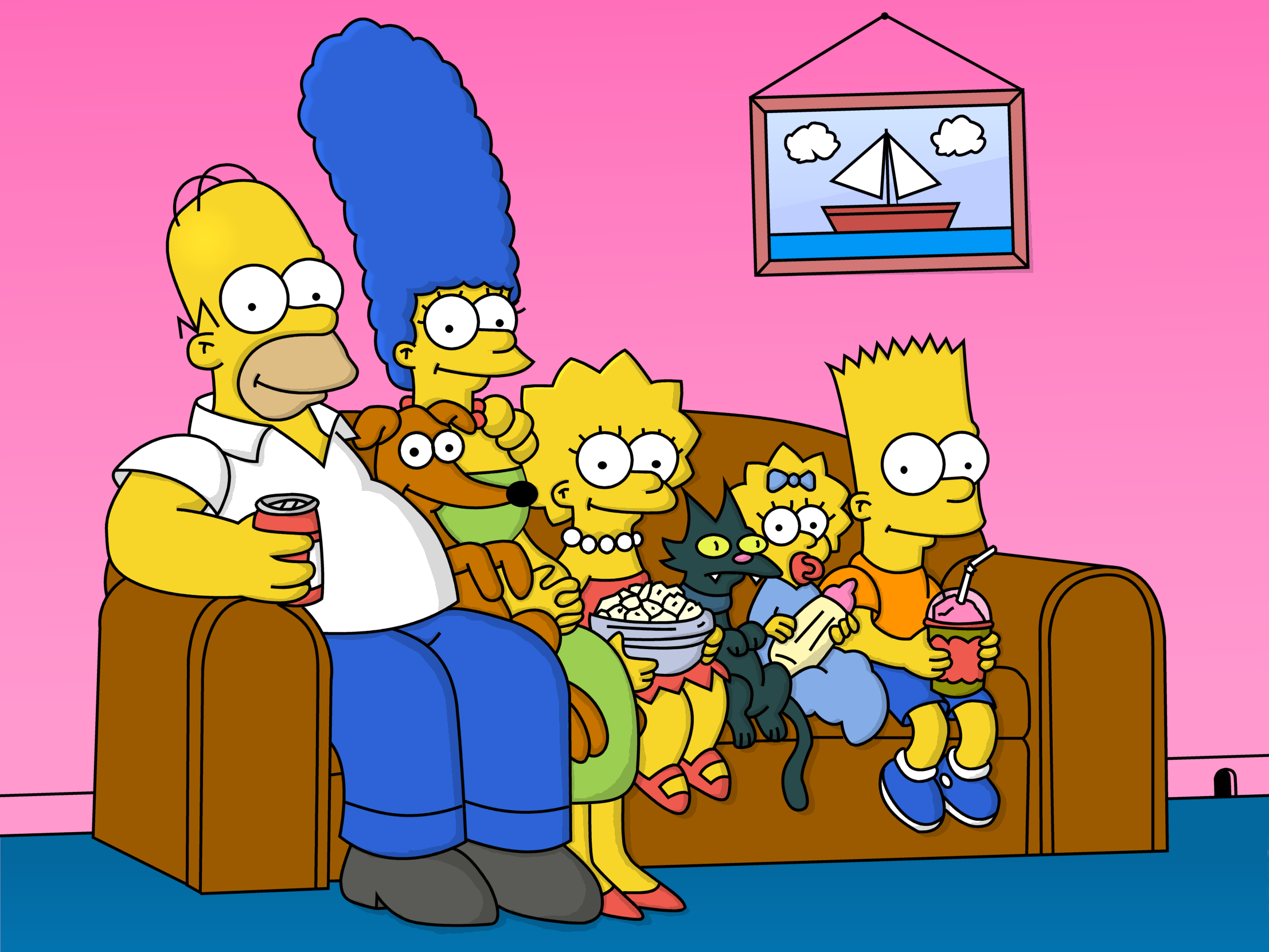


 Extremely exciting news: I’ve started working at the New York Times as a data visualization engineer on the data science team.
Extremely exciting news: I’ve started working at the New York Times as a data visualization engineer on the data science team.



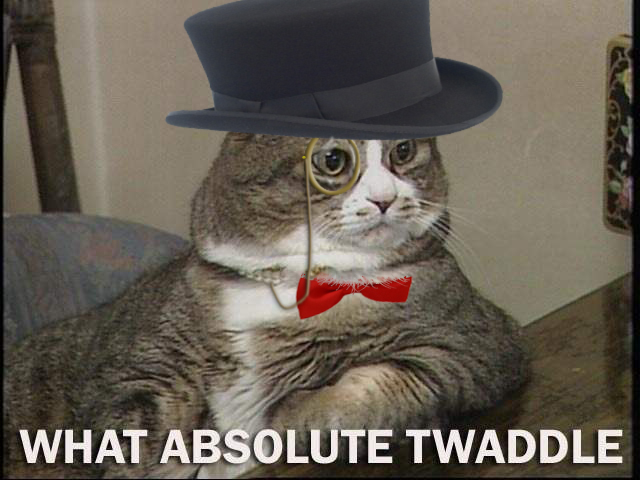 I’ve completely neglected to post my recent projects for The New Yorker:
I’ve completely neglected to post my recent projects for The New Yorker:
